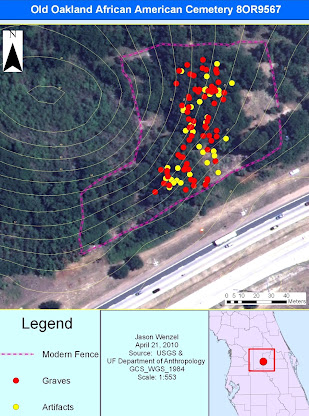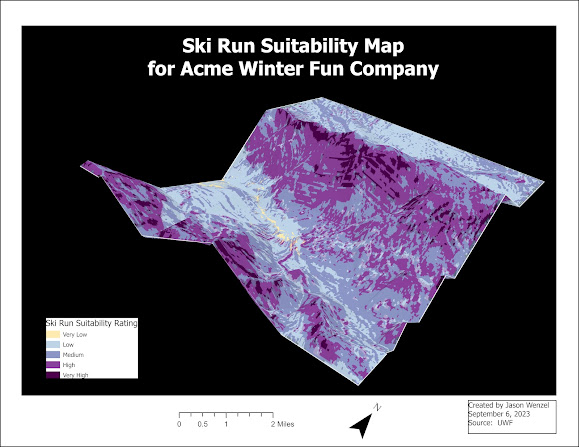Least-cost Path and Corridor Analysis
For the final assignment in GIS 5100, I learned about least-cost path and corridor analysis. Least-cost path analysis determines the single best path that has the lowest cost for a given source and destination. Corridor analysis provides multiple solutions, representing a zone where the cost is close to the least-cost. The analysis I undertook involved modeling a corridor for black bear movement between two protected areas of Coronado National Forest. The factors in model development were related to the habitual preferences of black bears and included placing the corridor in an area away from roads, that are mid-elevation, and have specific types of forest and vegetation (land cover). After reclassifying values with suitability scores in three different rasters (roads buffers, elevation, and land cover), the Weighted Overlay tool was used that assigned land cover the highest weighting (60%) with elevation and distance to roads each receiving 20%. Cost surface rasters were then created using the Cost Distance tool, and finally a corridor analysis was conducted to provide the best and less suitable choices between the two areas of the national forests.
The map below shows placement of the preferred corridor between the west and east Nogales Ranger Districts. In yellow is the most suitable area, which was assessed using a threshold of .4 and in orange are less suitable areas assessed using a threshold of .25.
I found this activity helpful in helping to improve my knowledge and skills pertaining to this type of analysis. In previous courses, I worked briefly with least cost analysis, but was left with a desire to learn more. My experience working with corridor analysis is limited, so I appreciate having the opportunity to learn about this mode of spatial evaluation. I believe the knowledge and skills learned in this assignment can be helpful to the research I pursue in archaeology, particularly in regards to modeling movements of human populations in the past based on various environmental factors.
Although the assignments for the final course module were relatively time intensive and challenging, I feel they were beneficial in helping to enhance and expand my skills and knowledge in GIS. I look forward to next semester's endeavors!




Comments
Post a Comment